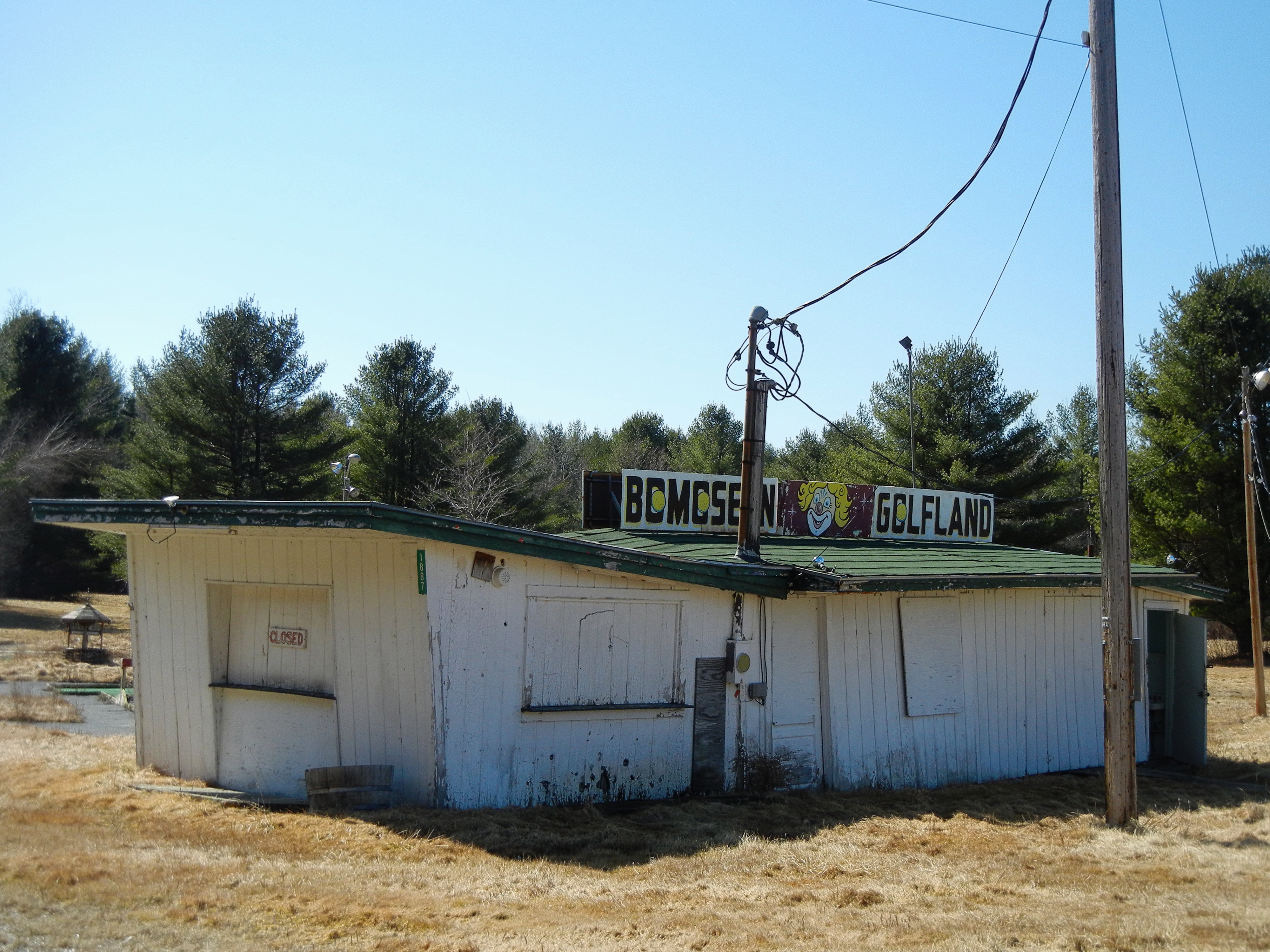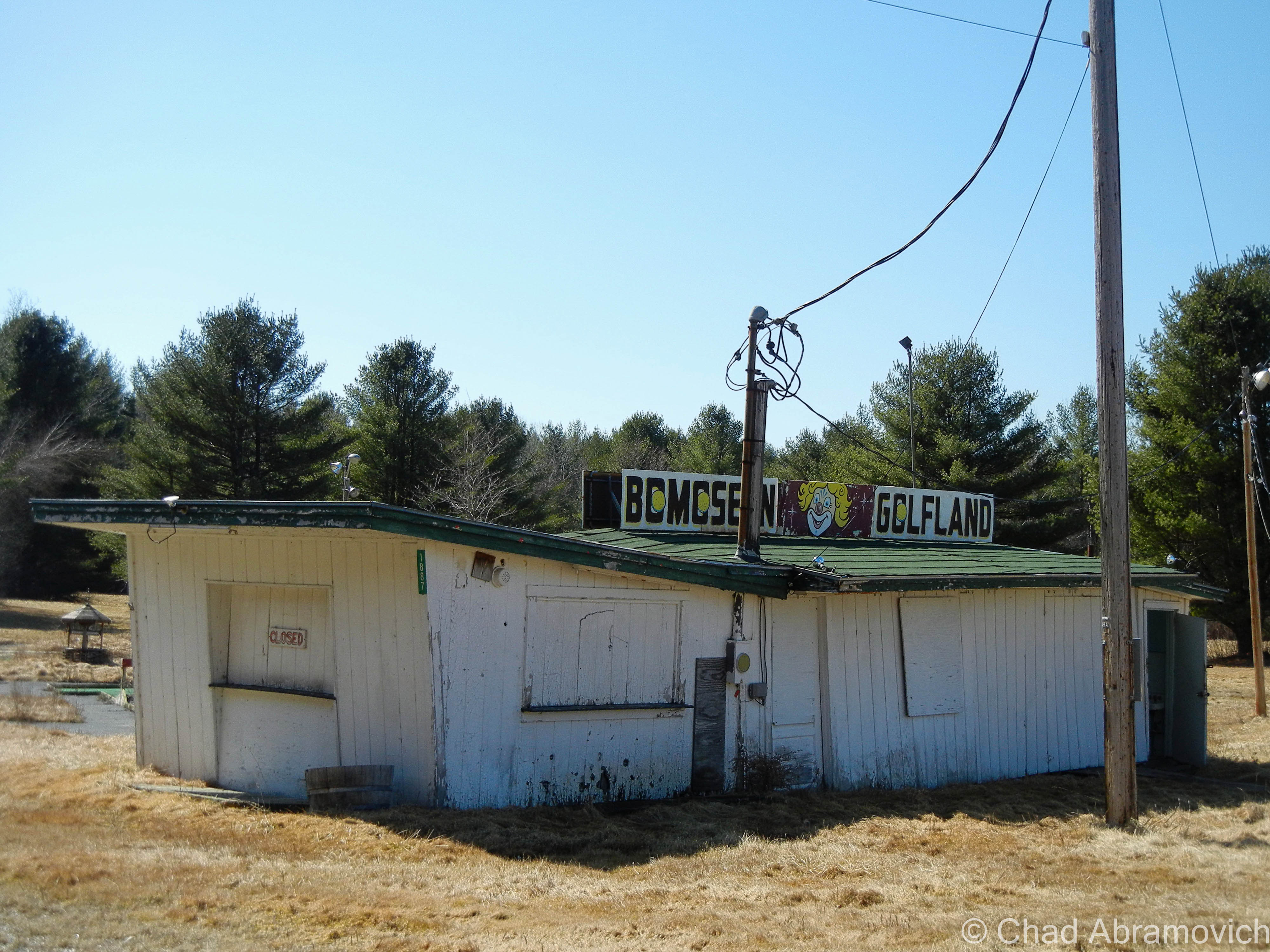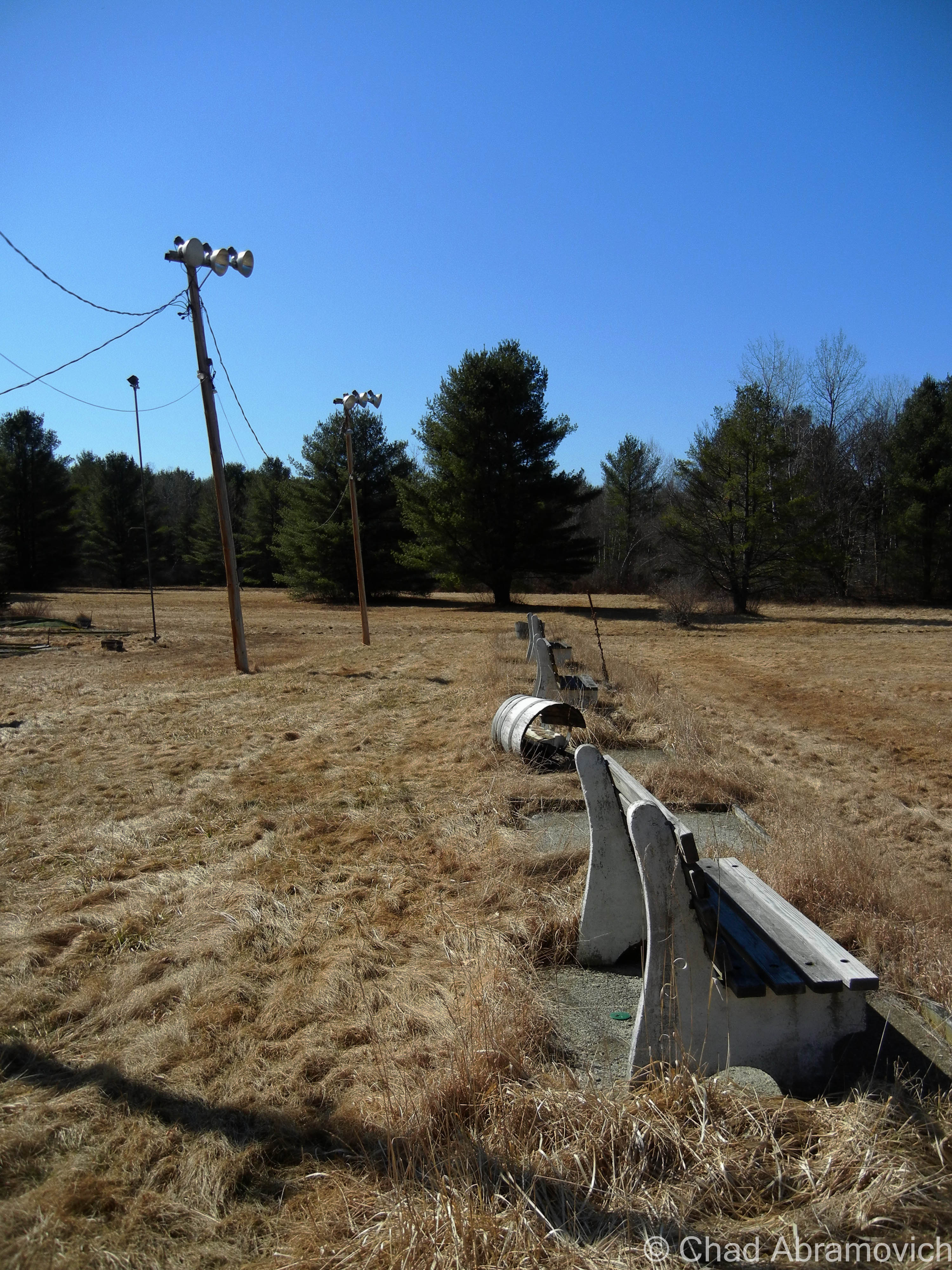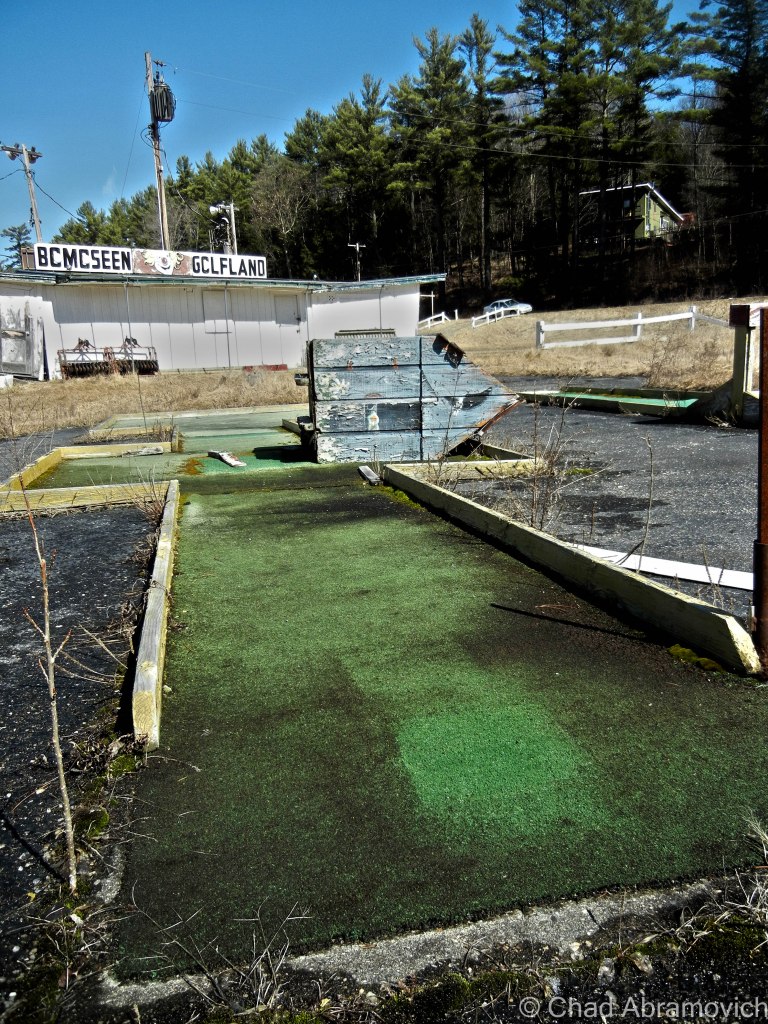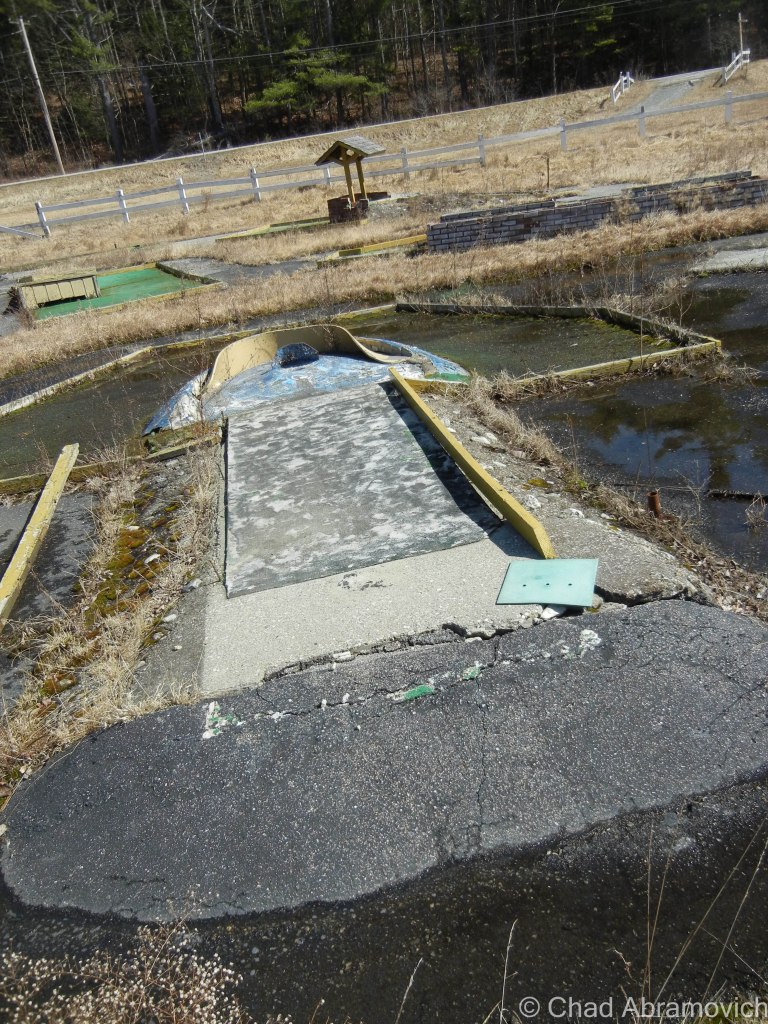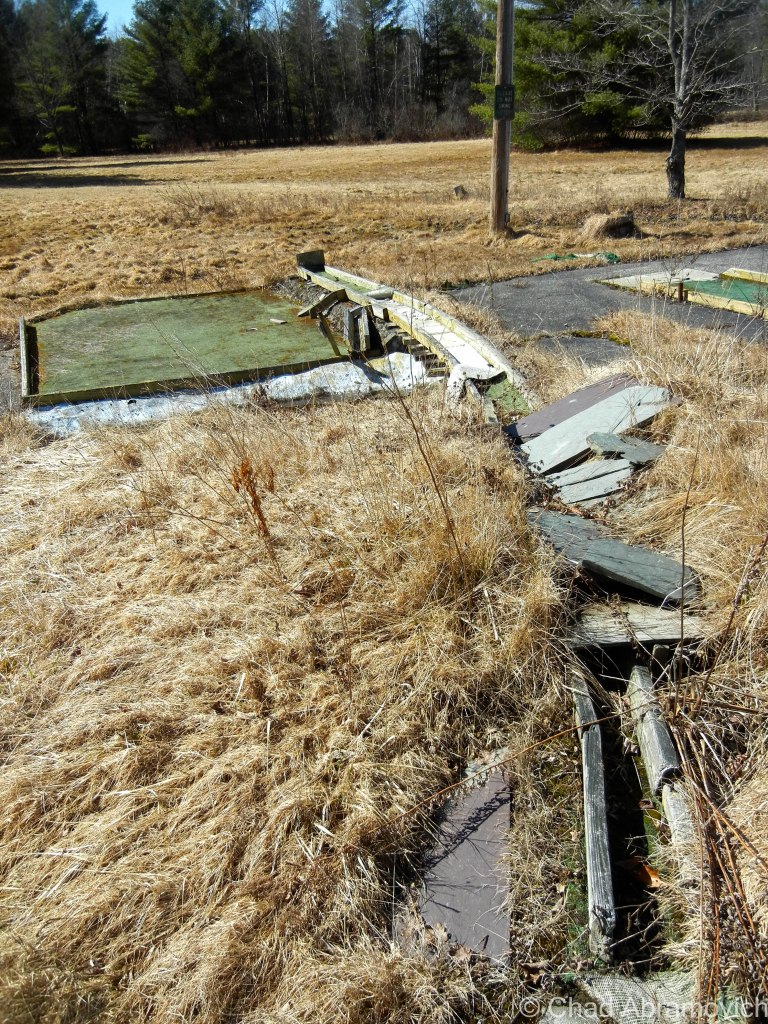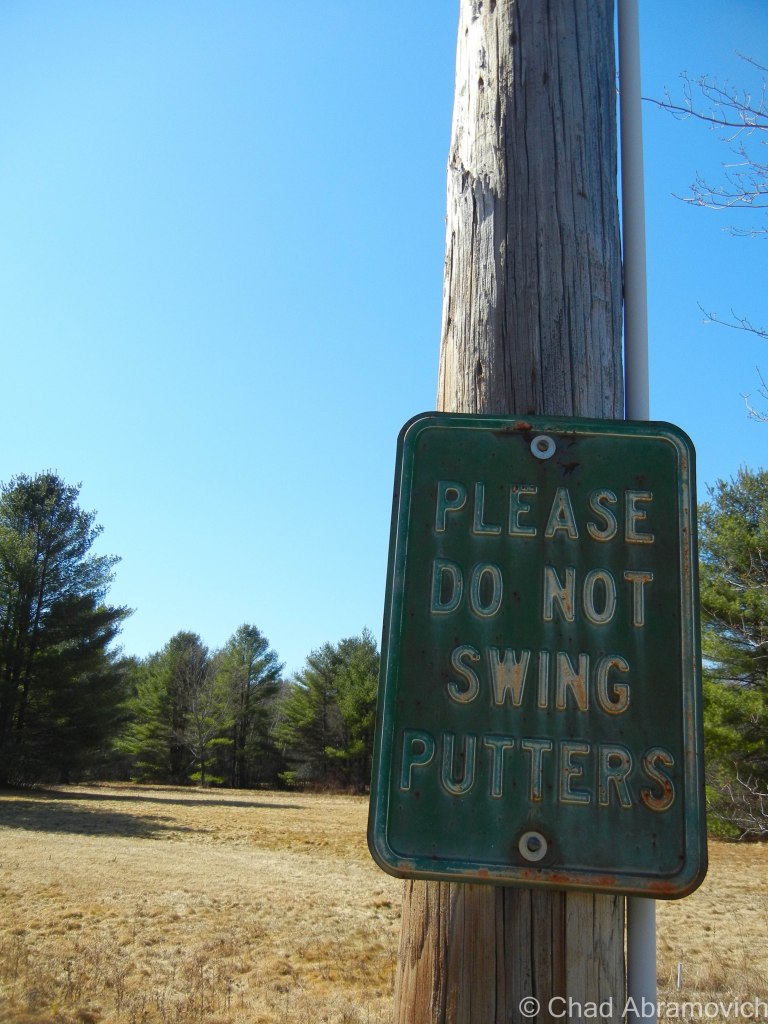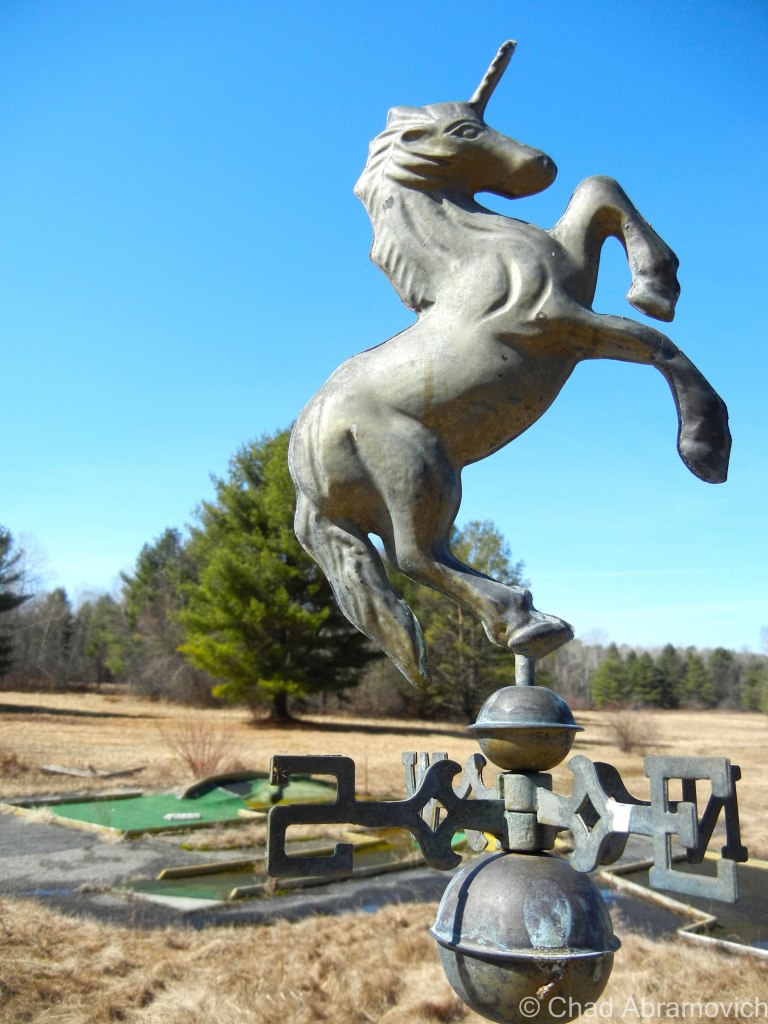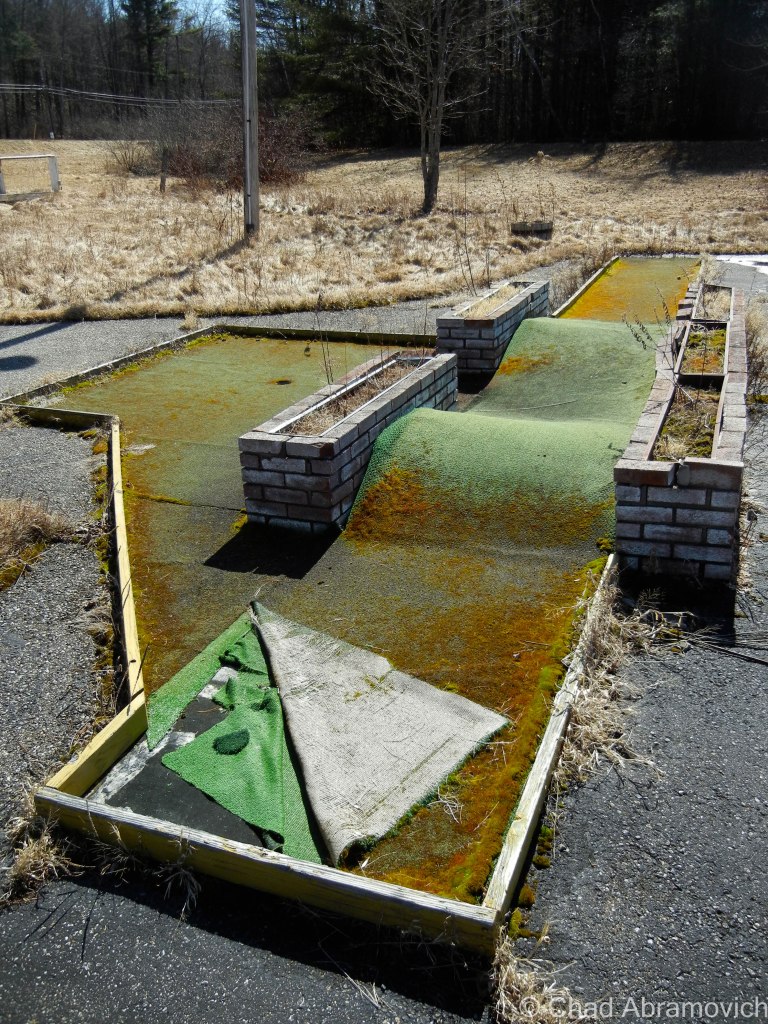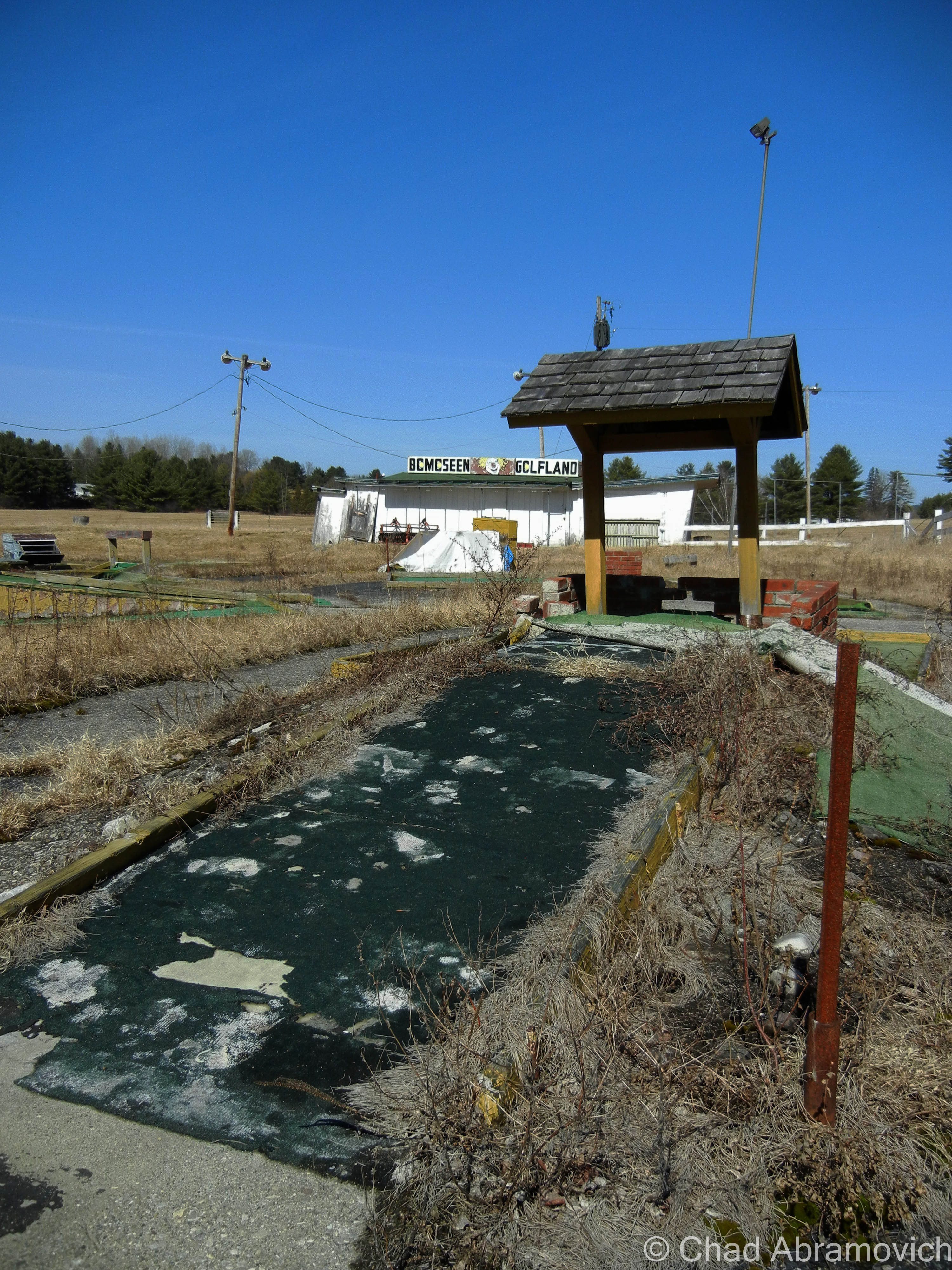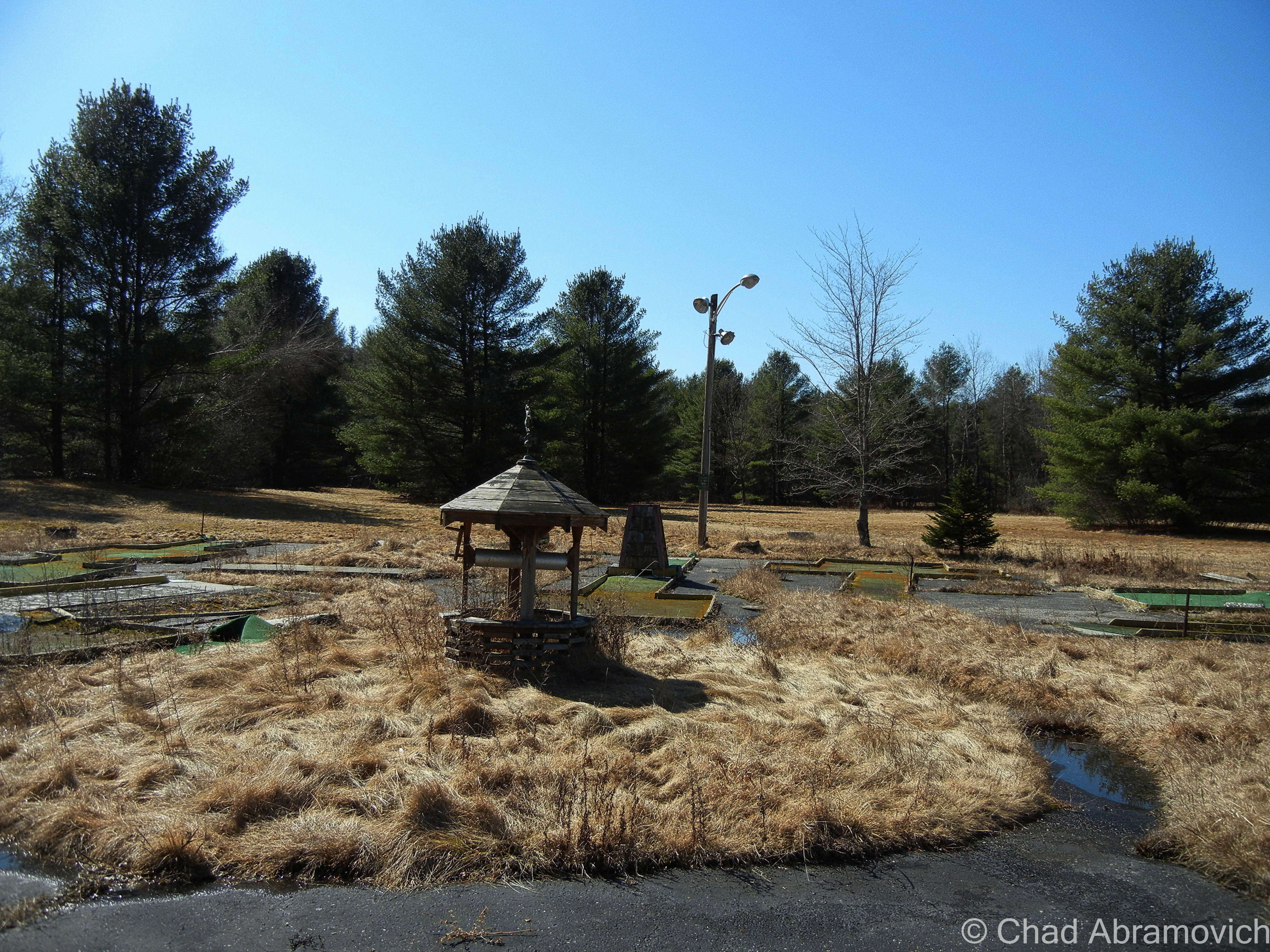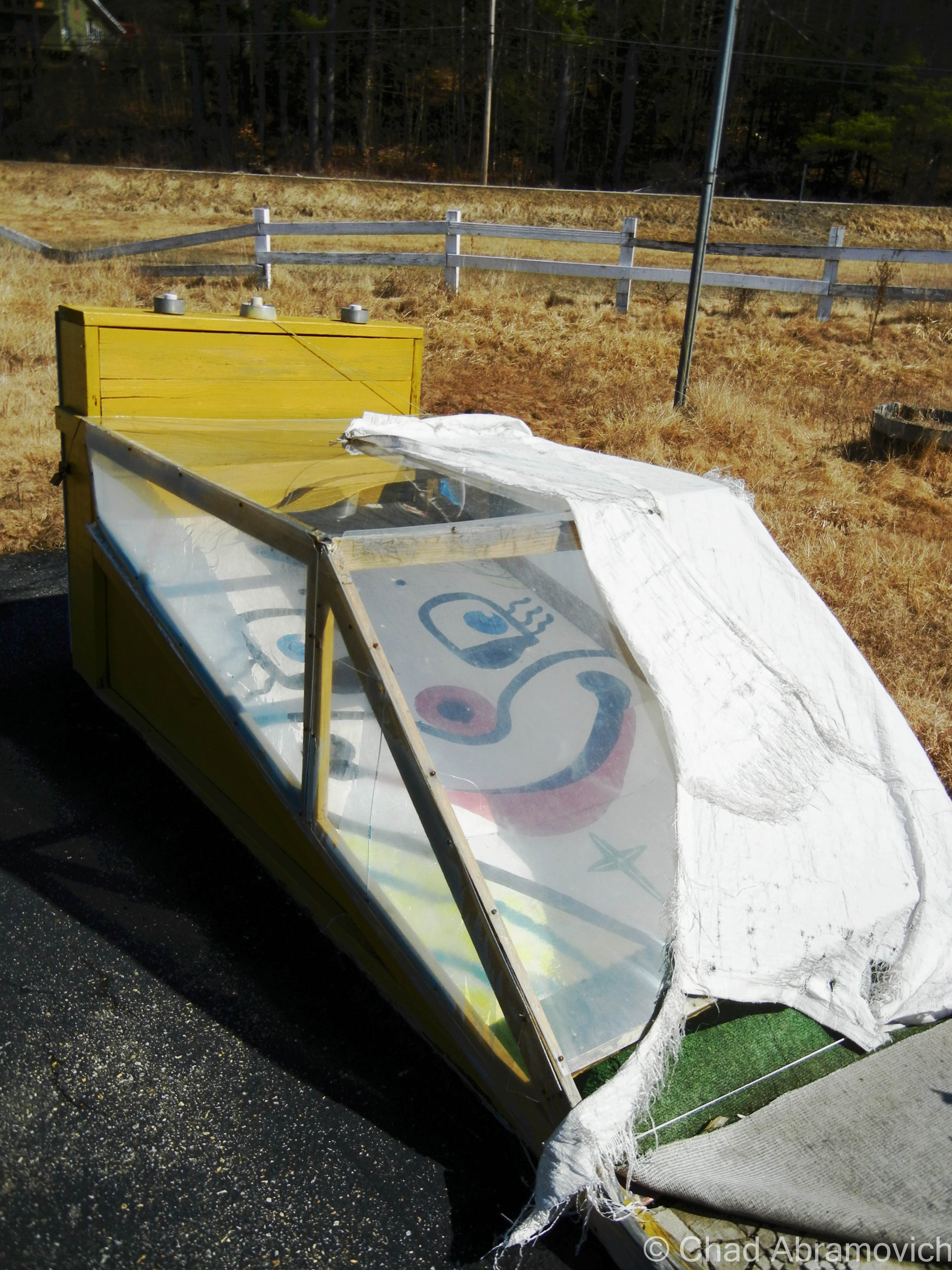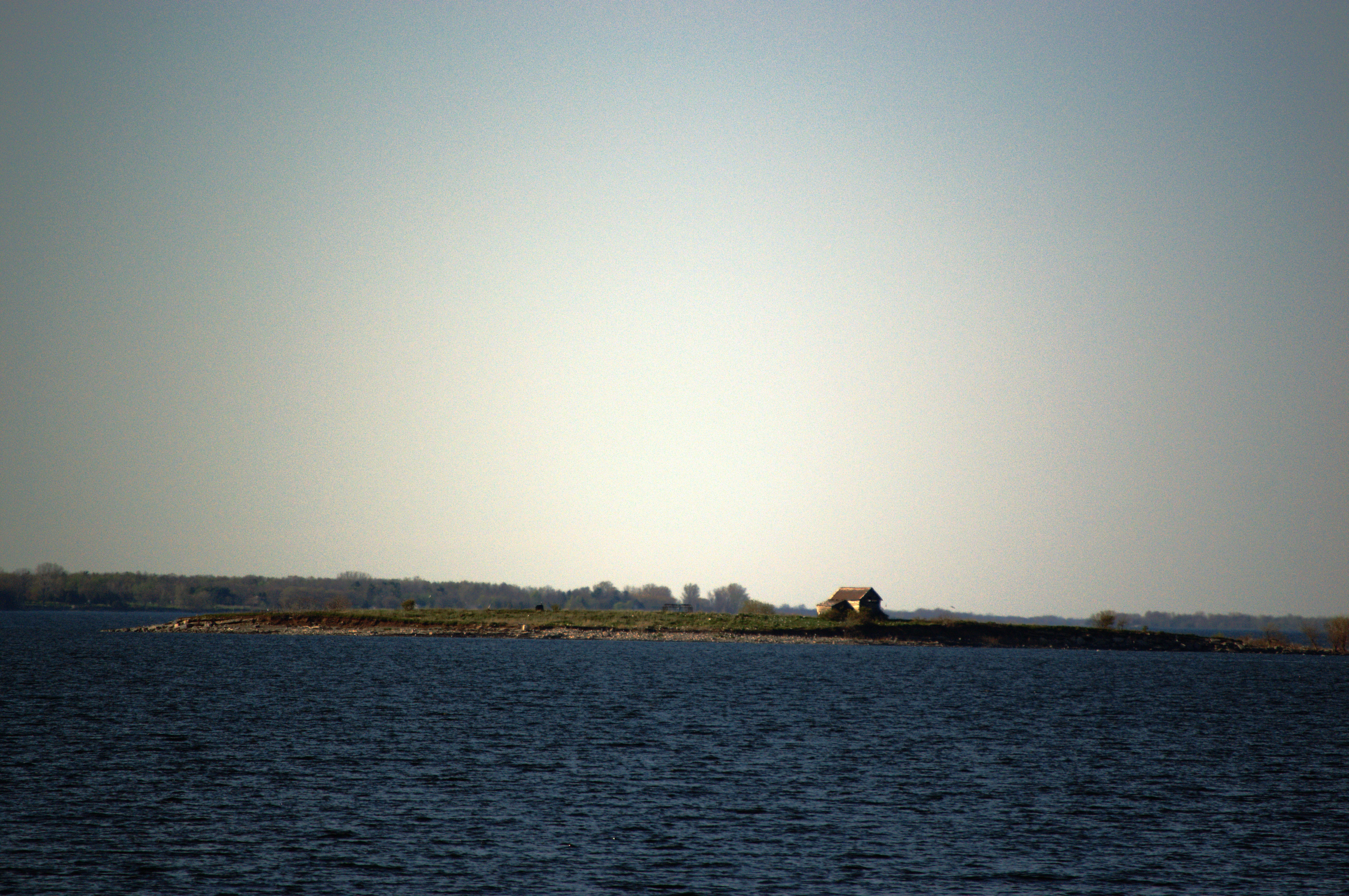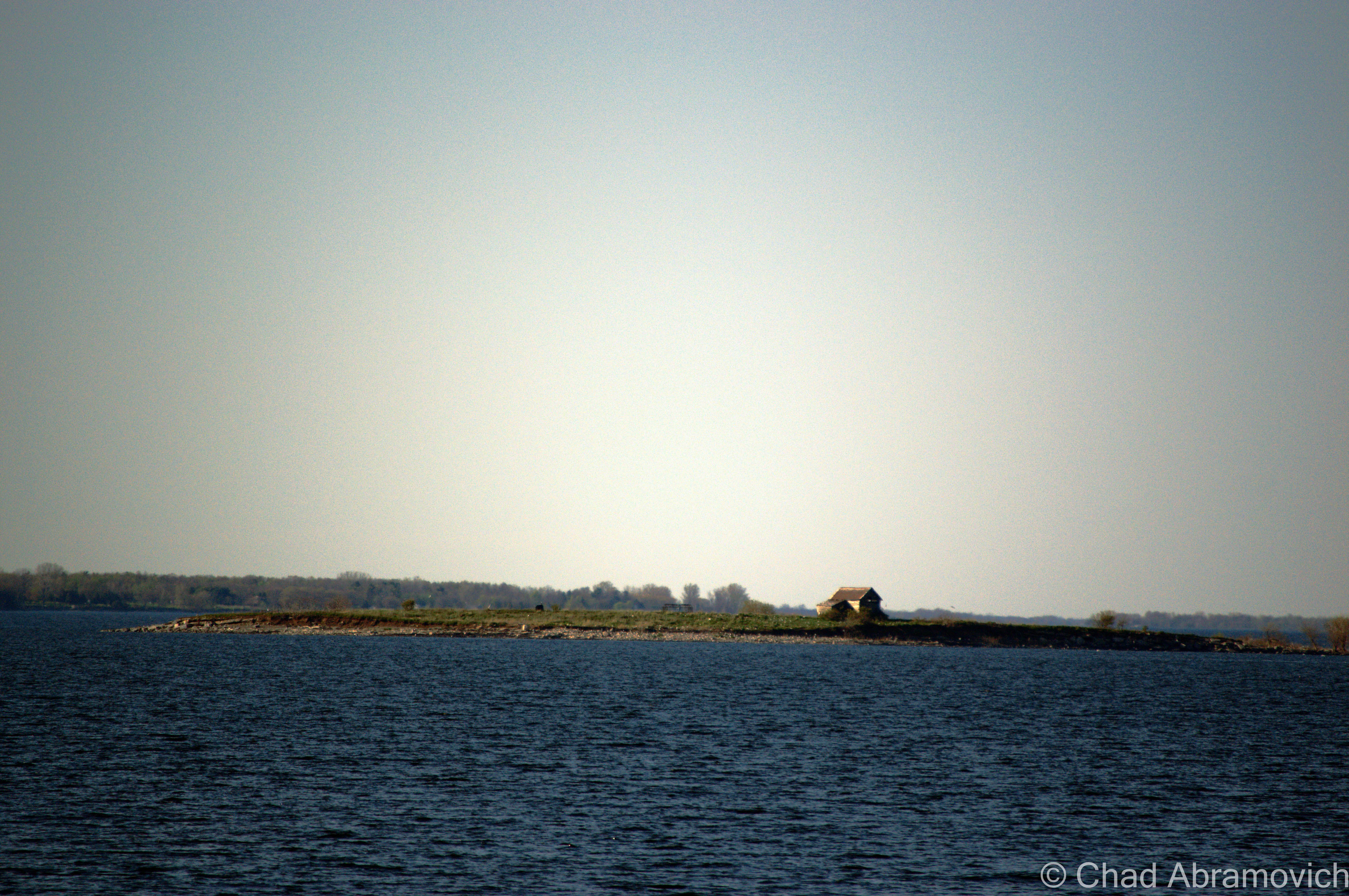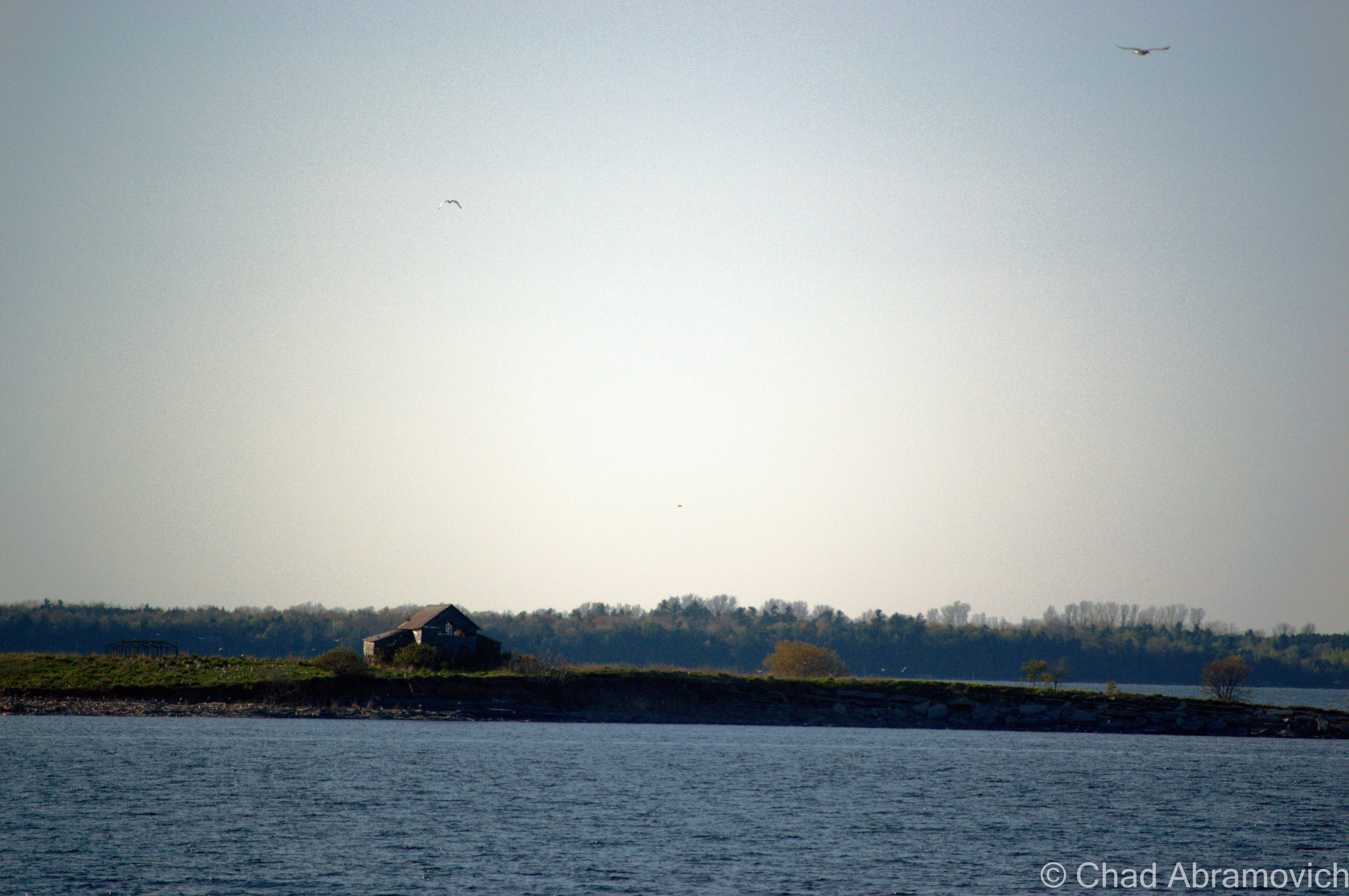Why do remote and wild places captivate us so much? Maybe it’s because these inaccessible places don’t easily give their secrets or their history – forcing the curious adventurer to truly dig for answers (sometimes literally). Or maybe it’s because here, our imaginations run wild as we find ourselves detached from the modern comforts and the familiarization of our backyards. We seek these places for their inspiring beauty, and ask for the answers to our questions which burn in our veins of desire. Anything can happen out there.
Vermont’s mountains hold quite a few ghastly secrets. Perhaps the most well known story to come out of the Green Mountains is the legend of The Bennington Triangle and the now vanished town of Glastenbury. It was here on the wild slopes of Glastenbury Mountain where 5 innocent people dissapeared without a trace between 1945 and 1950 – no clues or remains were ever found, but the theories were more than plentiful.
I’d like to tell a story just as sinister and lesser known, in a place just as remote and wild. But this story is more gruesome because it can be proved, and its catalysts are human rather then paranormal – hinting that sometimes the most dangerous things on Earth can be ourselves. I’m especially fond of this story for it’s obscurity, and that it’s darkness happened near one of my favorite places.
Patch Hollow
The Long Trail travels north from Glastenbury, over the peaks of Southern Vermont’s Green Mountains, dips down and back up the steep gulf around Route 140, and descends upon a wild and desolate area above Wallingford called “Patch Hollow”.
Running in a north-south direction, Patch Hollow is a deep trench of land high in the Green Mountains, formed by the steep slope of Bear Mountain to the west, and the more gentle Button Hill to the east. In the center of this densely wooded bowl is a large swamp, its green waters occasionally protruded by the skeletons of dead trees that twist towards the Wallingford skies above. In 2008, the beaver dam broke with such a force that it sent a large wall of water plowing down the steep hillsides, carving a jagged gorge into the land and completely taking out a chunk of Route 140, the bafflingly large boulders that were transported down the hill still rest along the roadside today.
The power of Mother Nature is both awesome and awe inspiring, and Patch Hollow is indeed a wild place. I know this hollow personally, as I grew up hiking here and riding my 4 wheeler through the few trails that traversed the rough terrain (and are not for the inexperienced rider). But what I didn’t know at the time, was that there used to be a settlement here – one with a gruesome tale attached.
My first thoughts of any sort of community way up in Patch Hollow, far above the valleys amused me. Looking at the stark wilderness today, it seems almost unrealistic. This is where a lesson in Vermont history comes in handy. When towns were being settled, and the first roads were being cleared, often they were built through the highlands and the mountains because the valleys were prone to flooding and washouts. This means that at one time, Patch Hollow was on the main road through town. In the book “History of Wallingford, Vermont” by By Walter Thorpe, he writes that a settlement of at least 5 families once made their home here. But there are no clues that are left that would point to the bloody struggle that took place at here, not even a hint that civilization was once rooted in this sunny dale.
So what happened here? The story goes back to May 11, 1831. One of the settlements in the hollow was owned by Rolon Wheeler, a “man of violent passions and jealous disposition,” according to an account written in 1911. Wheeler was reportedly guilty of sexual acts with his wife’s sister — a situation that when was leaked, created a great deal of resentment from the community.
Some community members from Wallingford and nearby Shrewsbury were so resentful that they decided to go as far as form a mob – with the intent of tar and feathering him. The threats were made so publicly that Wheeler was forewarned and took measures to defend himself. He fashioned a knife from a large file and barred his door.
On the night of May 11, your classic angry mom scenario formed two parties from Shrewsbury and Wallingford, and set out for Patch Hollow for some justice. Equipped with jugs of rum, a bucket of tar and a sack of feathers, both parties made their way into the mountains. The party from Shrewsbury never made it – getting lost in the woods instead. Their pride damaged – the reality of getting lost over powered the want for vigilante justice, and the group returned home.
The Wallingford group didn’t share the same fate, and did arrive at Wheeler’s house. They eventually forced their way in by prying a hole in the gable end of the roof. Three men leaped into the house and struggled with Wheeler in the dark. Wheeler stabbed one man in the side and another was slashed an excessive amount of 14 times. The door to the cabin was unbarred and more people poured into the cabin. In the scuffle, someone was killed. The angry mob stopped being belligerent and went to get a better look at their prize.
But, in all the haste, they made a fatal, and rather embarrassing mistake. They killed group member and friend, Issac Osborne by mistake…Wheeler was nowhere to be found. After a few minutes of trying to comprehend the situation, the group noticed that a set of clothes had been strewn across the cabin floor. The picture was clearer now. Wheeler had escaped the hands of one of his attackers by wrestling out of his clothes, crawling under his bed, and prying up some floorboards before escaping beneath the house.
A moment of realization was then sparked under the watchful eye of the Patch Hollow shadows. The mob panicked, most likely all scared because they committed murder that night, and hastily fled the house. Later, Dr. John Fox of Wallingford would visit the scene, which he recounted as “the most terrible sight he could recall.”
By the light of a candle, Fox saw “the livid body of Osborne on the bed and cabin literally soaked in blood.”
After escaping his blood stained house, Wheeler decided that spending the night naked in the woods was a safer decision than venturing back into town. Before dawn he stole a shirt from a clothesline, walked to the Hartsboro section of town (now a ghost town and a road of the same name) and hid in a barn. Needing clothes, he spent part of the day crudely weaving a dress from rye straw he found in the barn, and then retreating to his sister’s home in Pawlet. But after all that, Wheeler was finally caught.
He was arrested and put on trial in a makeshift court held at the Baptist Church in Wallingford — the only building in town that could hold the crowds eager to watch the proceedings. In the end, he was found innocent under terms of self defense.
The mob who assaulted him didn’t get off so easily. Two of his attackers were fined $60 each,while three others were fined $40. Justice was served, just not in the way the angry mob had expected.
After the court hearing, something strange happened to Patch Hollow. Perhaps the tragic events of that chaotic night left its scar in the minds of everyone who partook, forever troubling the land. Or maybe it was just “bad for business”. After that bloody incident, Patch Hollow became abandoned shortly afterwards and to this day, no one has tried to rebuild it.
Today’s Patch Hollow is quieter, as the mountain forests reclaimed the land, the only visitors now are the countless hikers that loyally hike the Long Trail to get lost in the Vermont woods for little while, letting the wilderness and the solitude quell their thoughts.
How To Get Here:
Take the Long Trail North from the Route 140 trail head in Wallingford, or South from The Clarendon Gorge just off Route 103 in Shrewsbury.
Links:
For those who are further interested in The Bennington Triangle, there is a great documentary on the area’s history on Youtube
[youtube=http://www.youtube.com/watch?v=fdyysF0VC20]
[youtube=http://www.youtube.com/watch?v=rBPMp8H3x3w]


